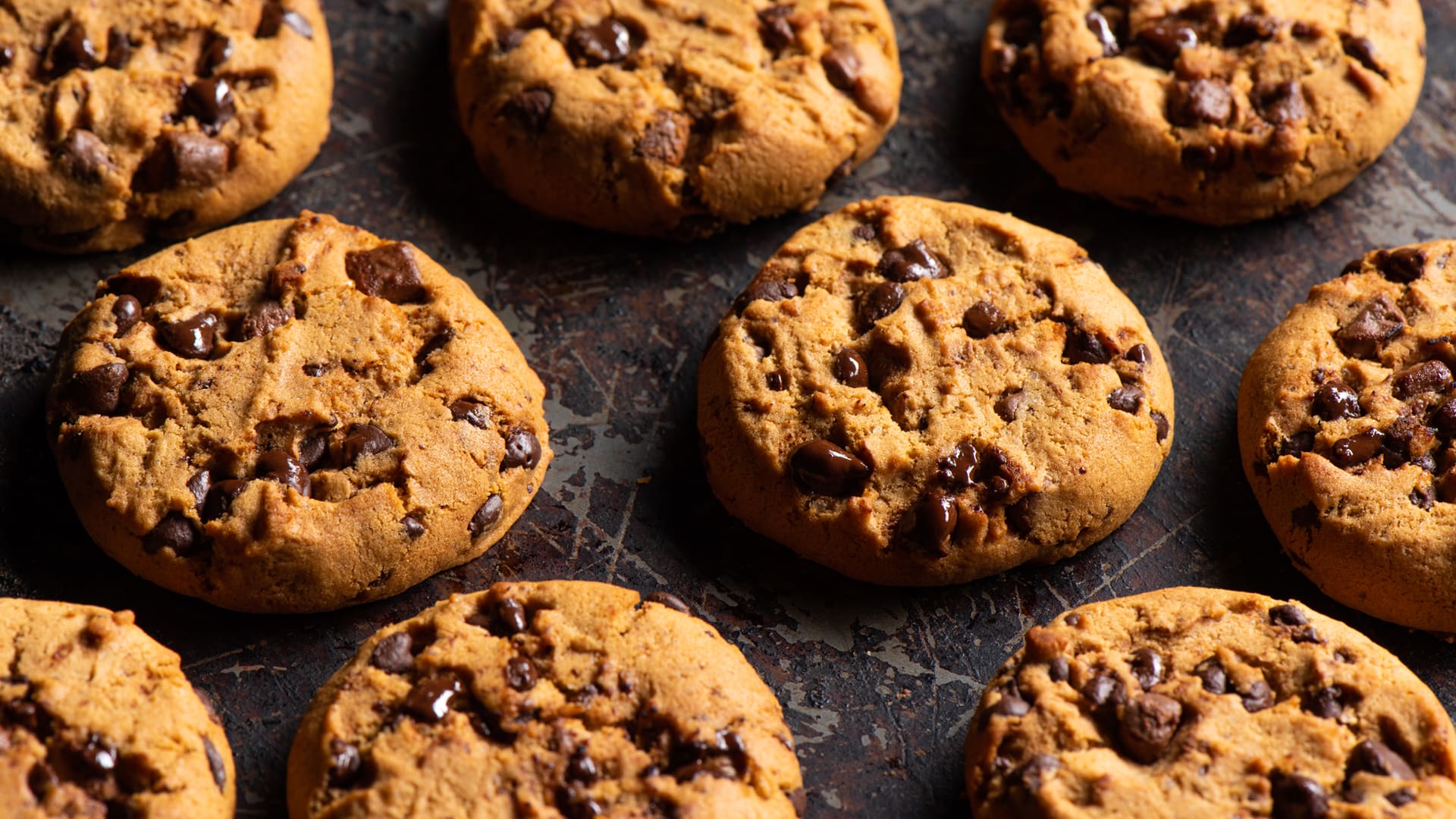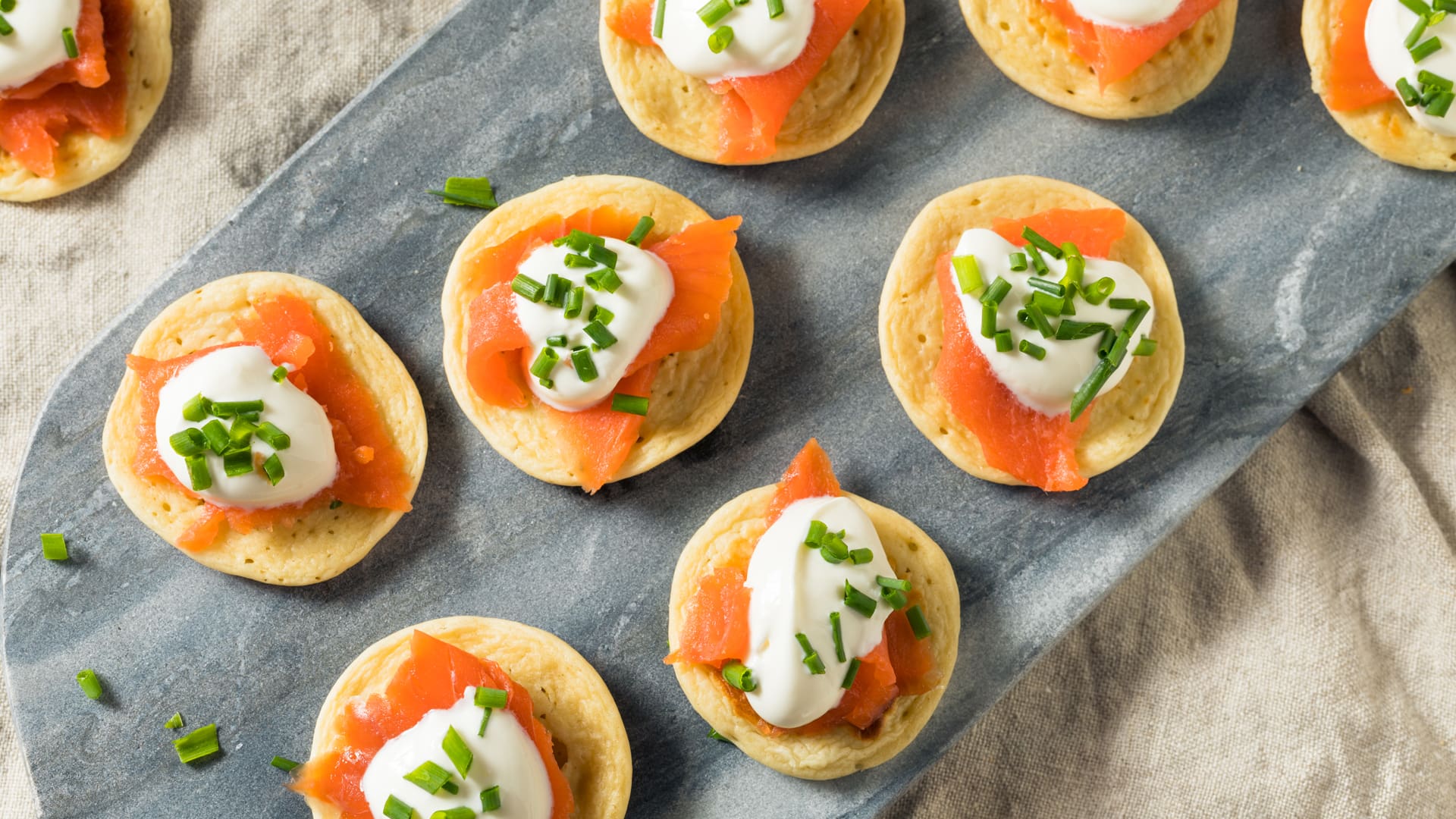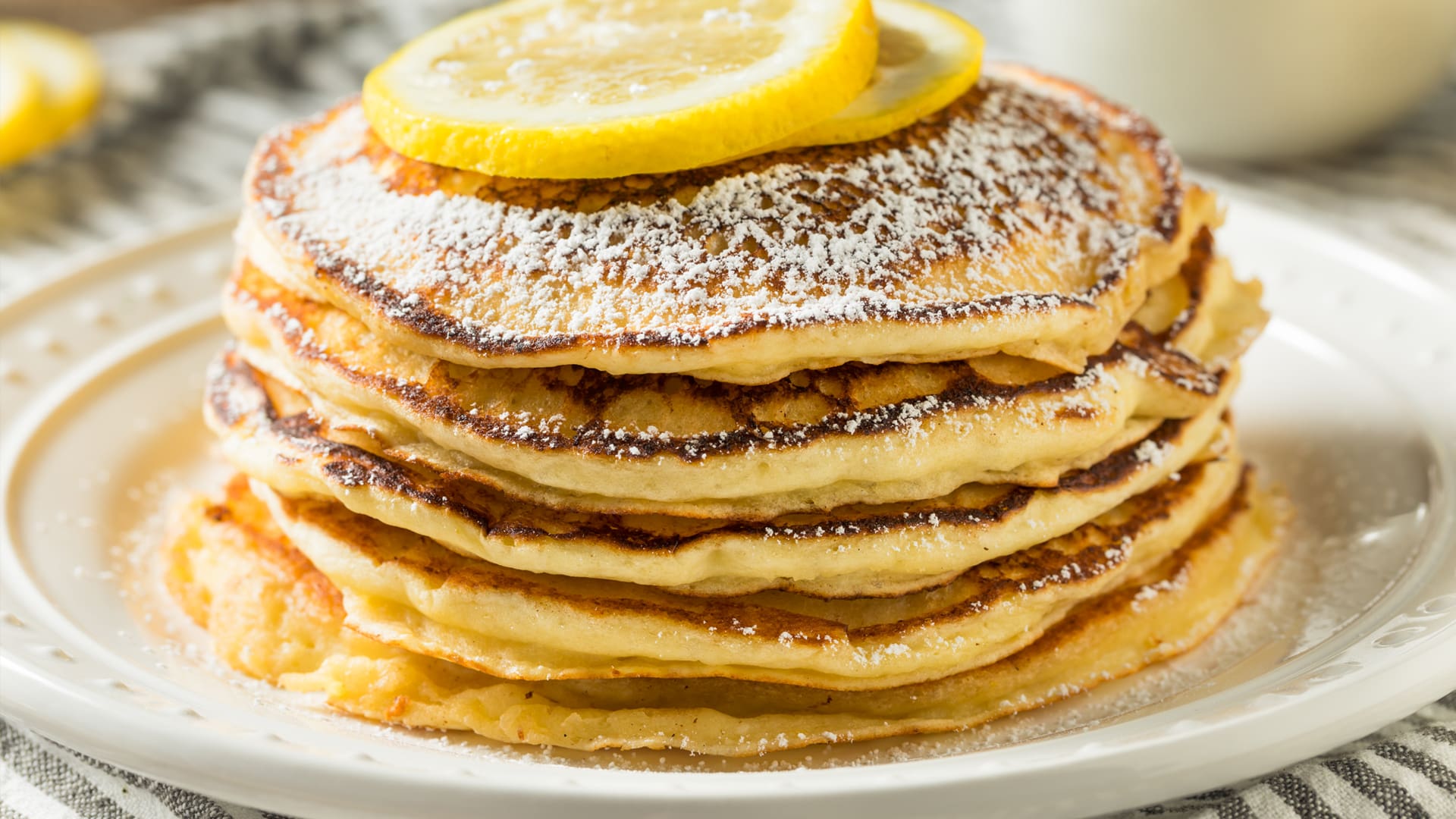Background
A change made by FSANZ to Standard 1.2.3 of the Food Standards Code in 2016 prompted Coeliac Australia (CA) to review its position on wheat derived glucose syrup. The change means that manufacturers are no longer required to declare when glucose syrup is wheat derived if detectable gluten levels in the glucose syrup do not exceed 20ppm.
For more than 10 years, CA has held the view that wheat glucose syrup is ‘gluten free’ and suitable for the gluten free diet, based on information available to us at the time that it always contained ‘no detectable gluten.
In response to the change to the code, CA has consulted with relevant experts and is advised that products containing wheat glucose syrup continue to be suitable for the vast majority of individuals with coeliac disease.
CA understands that sensitivity to gluten varies amongst those with coeliac disease; the choice to consume products containing glucose syrup remains individual. While CA considers any potential risk to be negligible, adequate medical follow up is recommended for all people with coeliac disease to ensure effective disease management.
It is important to note the allergen exemption for wheat derived glucose syrup does not affect the gluten free labelling laws. Food labelled gluten free must have no detectable gluten.
Key Points
- This change does not mean there will be any change to the way foods are manufactured or the amount of gluten in foods containing wheat glucose syrup.
- The majority of wheat derived glucose (at least 90%) contains no detectable gluten.
- Less than 10% of wheat derived glucose might contain up to 10ppm of gluten (extremely low levels).
- The properties of glucose syrup change when protein (e.g. gluten) levels higher than 15ppm are present; it becomes unusable for food manufacturing.
- Glucose syrup is only one of many ingredients in manufactured foods and will comprise a maximum 50% of a product (usually much less) i.e. it is further diluted.
- Food items that contain wheat glucose are not staple food items that are consumed in large quantities on a regular basis, further reducing any potential risk.
More information:
FSANZ risk assessment link: www.foodstandards.gov.au/code/proposals/Pages/P1031Allergenlabellingexemptions.aspx
Frequently asked questions
Download






